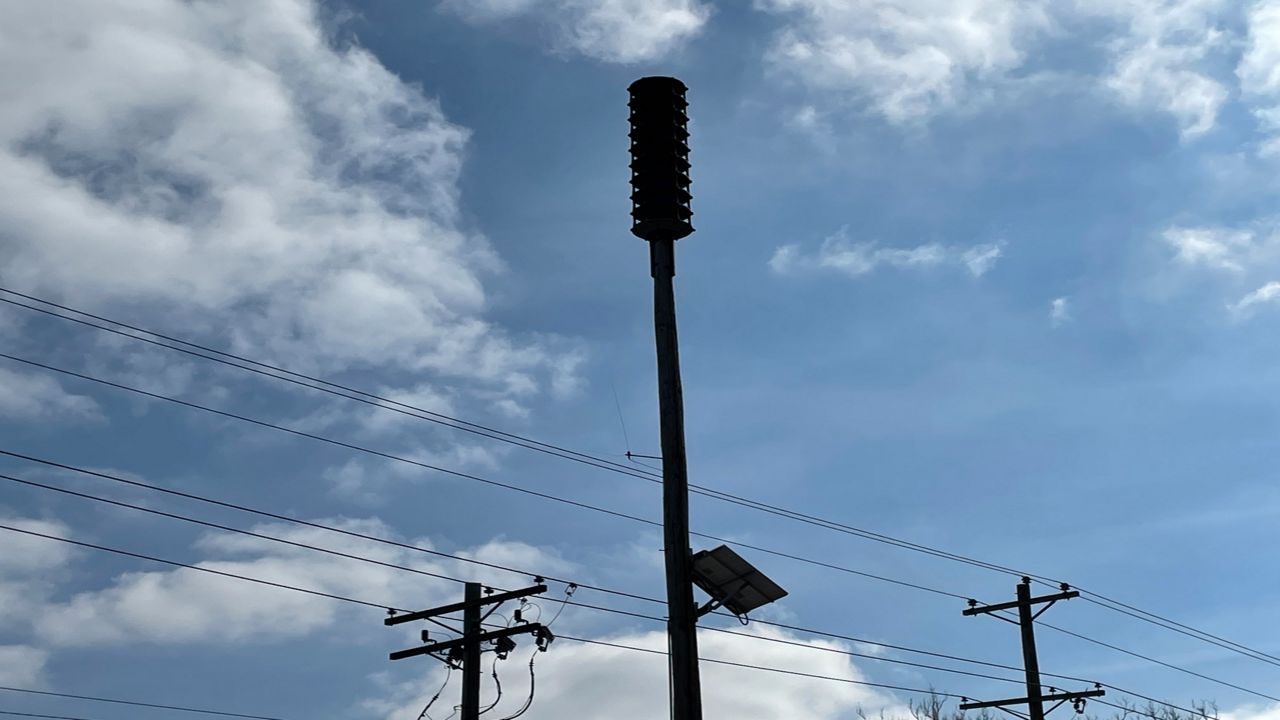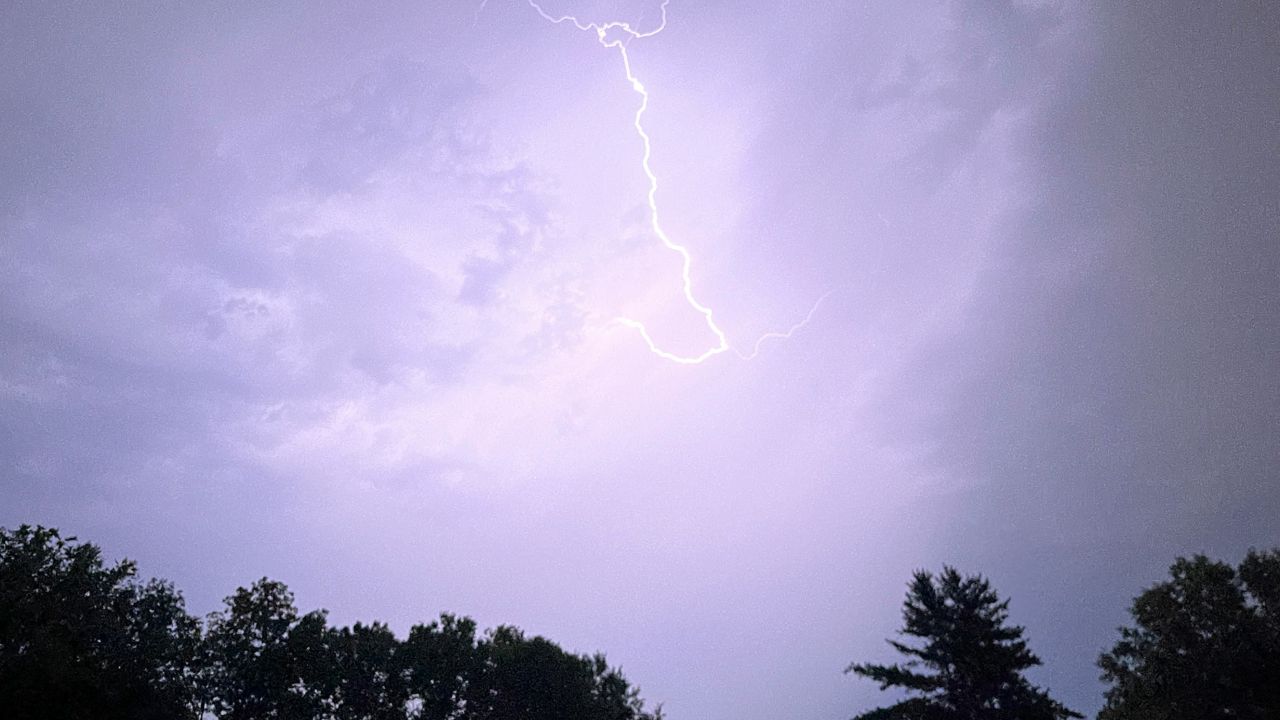Living in Missouri, tornado sirens are a part of the landscape and a piece of technology that is potentially life-saving. You probably pass by several a day and don’t give them a second thought.
Yet, if you look closely, you will see these five-foot-tall pieces of metal set atop a 40-foot pole and instantly recognize them.
More important than seeing them is being able to hear them. Strategically placed, these sirens generally have a 2 to 2.5-mile reach, depending on weather conditions, topography or even architecture.
Sirens originated from the Cold War era, providing communities a loud warning in case of a nuclear attack. By the 1970s, the threat of a nuclear attack no longer existed, so communities repurposed the sirens into tornado sirens.
While technology has improved in the last 50 years, the purpose remains the same: to warn people to go indoors during an imminent threat, like a tornado.
They are designed to be heard outdoors to give people ample time to find indoor shelter.
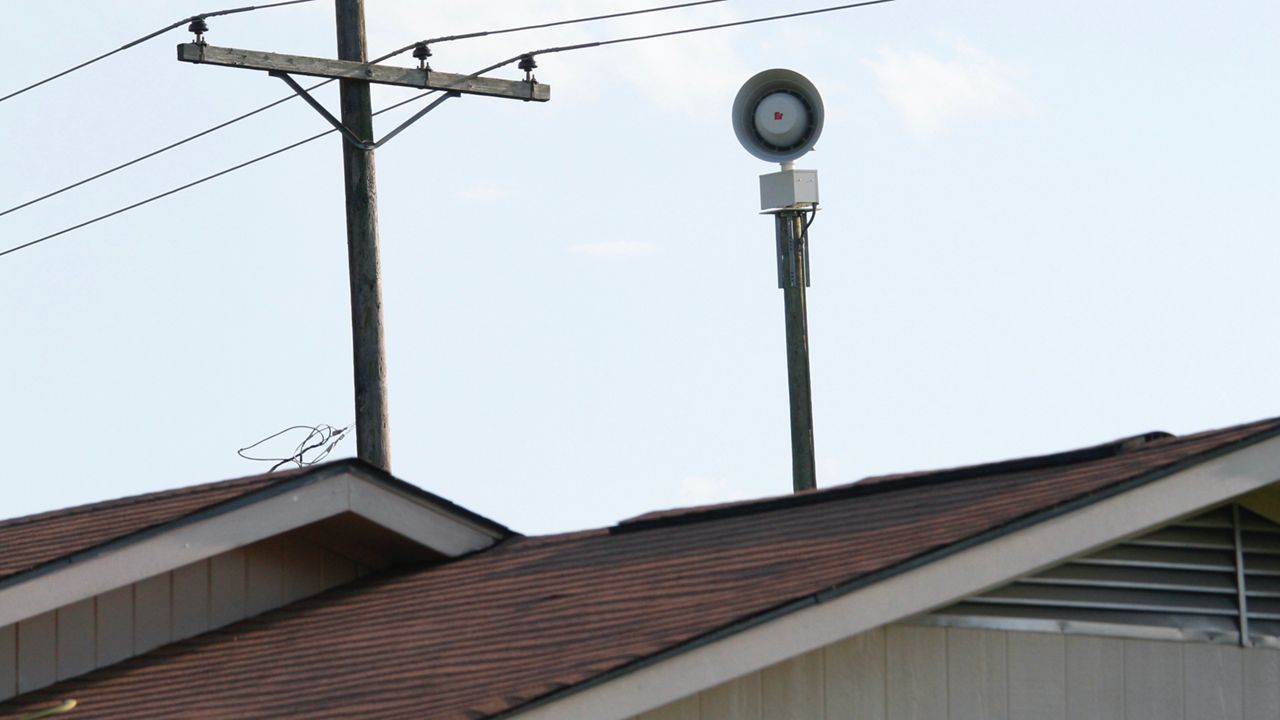
When the National Weather Service issues a Tornado Warning, the county or municipality’s Department of Emergency Management will then trigger the sirens in their area.
Some counties, such as St. Charles County, have county-wide sirens. That means if a warning comes out for one area in the county, the sirens will be triggered in the entire county.
The County defends this practice, saying “selecting and grouping the correct sirens for the specific area under warning would be slower and less efficient than activating the entire system that alerts our entire county.” St. Charles County has 136 sirens around the county.
St. Louis County has 204 sirens dispersed throughout the county to ensure sufficient alerting coverage.
They conduct monthly tests on their sirens on the first Monday of the month at 11 a.m. At around $30,000, plus installation for the cost of just one siren, that’s around $6.1 million the county has spent for all 204 sirens.
Is this money well spent when we can get weather information from newer technology?
How do residents feel about tornado sirens?
After conducting a poll on my social media pages, my results were as follows:
- 42% of those who answered heed the sirens and go indoors to their designated safe places immediately.
- 25% tend to ignore the sirens and continue on with business as usual.
- 33% double-check their weather apps to confirm the storm is close to them.
There were even comments that people would hear the sirens and then go outside to try to see a tornado.
I pondered these results and the comments and thought back to Dec. 10, 2021.
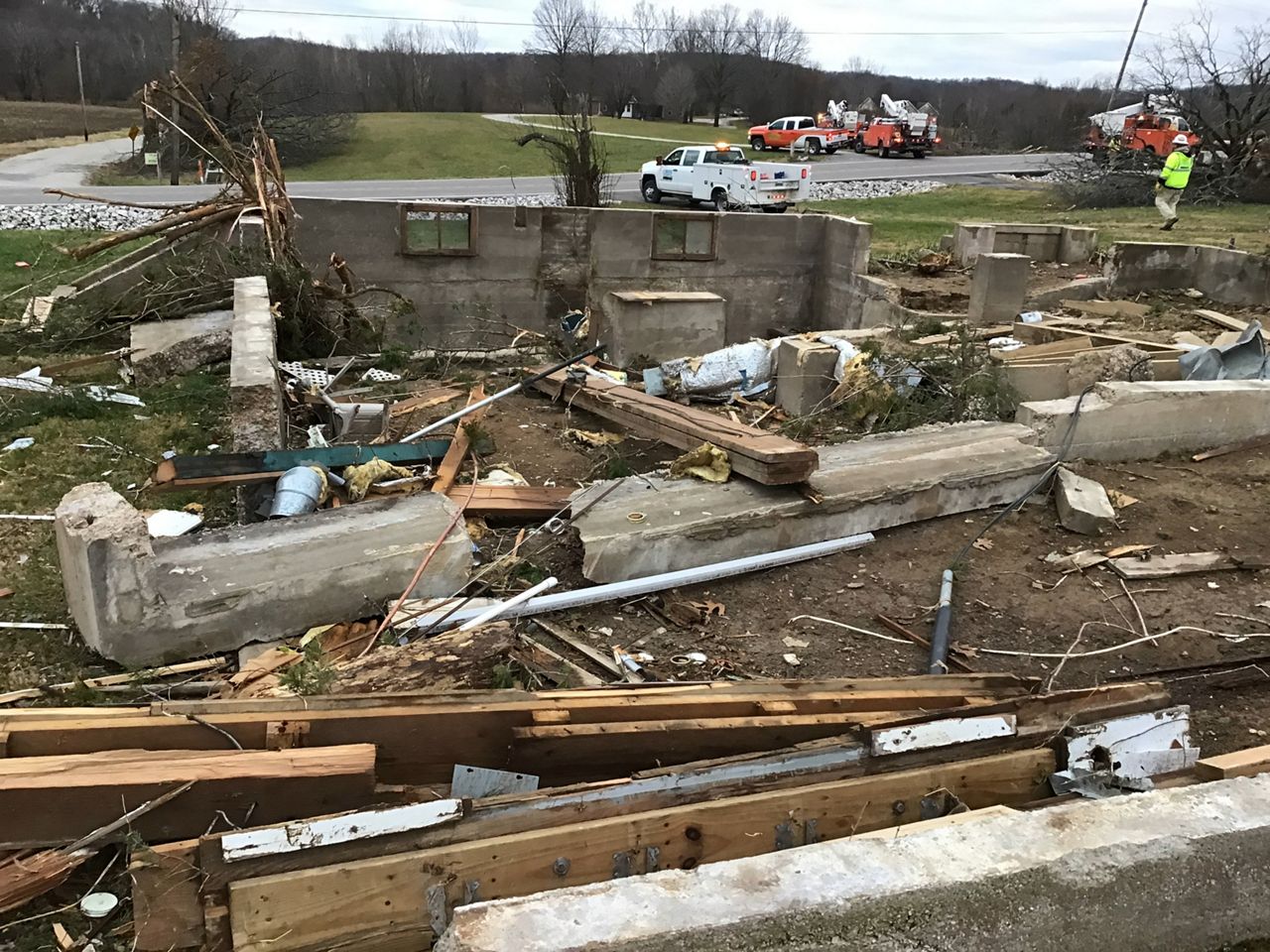
An EF-3 tornado touched down in Defiance, located in St. Charles County. It destroyed several homes, injuring two people and killing one person. This storm hit the area around 7:30 p.m., but it wasn’t the only storm prompting warnings that night.
About two hours later, another round of storms moved through the area, triggering more Tornado Warnings. Did the tornado knock out the cell towers in that location?
If so, how were people going to know that the tornado threat was not over? Thus, the power of the tornado sirens. These sirens can alert people to take shelter once again, even when their weather apps could not.
According to data from 1950 to 2021, an average of 3.8 tornadoes hit the St. Louis metro each year.
This “metro” includes St. Louis City and County, Lincoln, St. Charles, Franklin and Jefferson Counties in Missouri, and Calhoun, Jersey, Macoupin, Madison, St. Clair, Clinton Monroe Counties in Illinois.
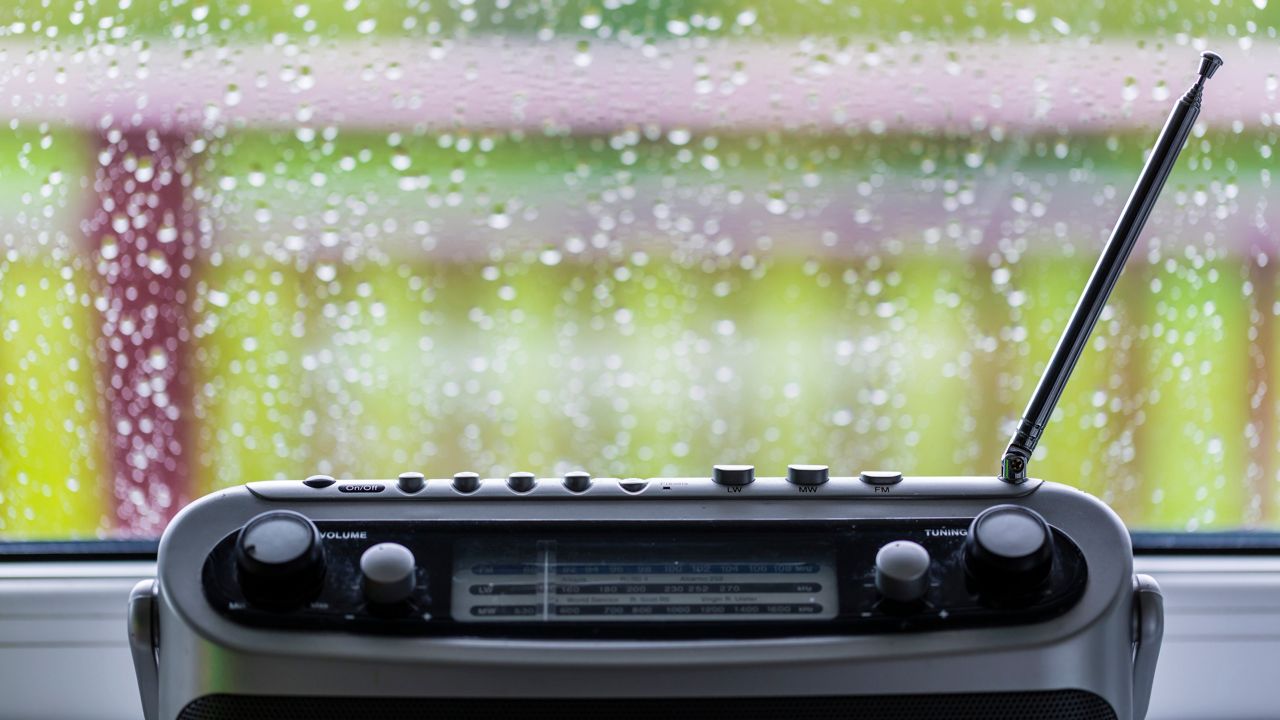
Having more than one way to receive weather warnings is vital in our region.
Consider this: You may not always have your cellphone with you, or the system could become bogged down by so many people accessing information that the warning sent to you could be delayed or missed entirely.
The National Weather Service suggests investing in a NOAA Weather Radio that will continue to relay weather information even when cell towers aren’t working.
Tornado sirens, combined with the Spectrum News app and a NOAA Weather Radio, give you the best chance at staying safe, especially during overnight storms.
The best way to protect yourself from severe weather events is to be educated on what to do when a watch or a warning is issued.
Have a severe weather plan and practice it, including designating a safe space in your home.




